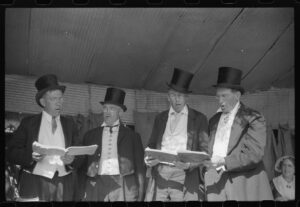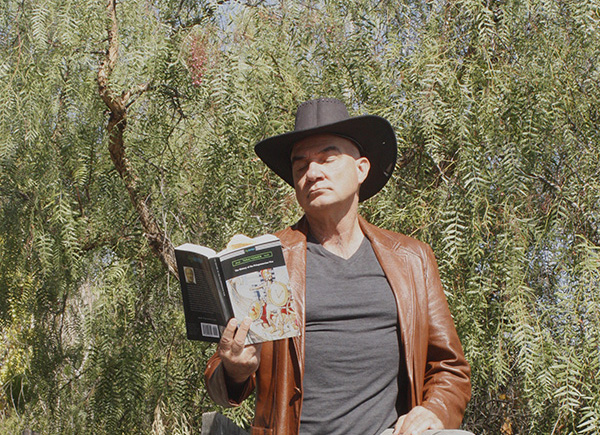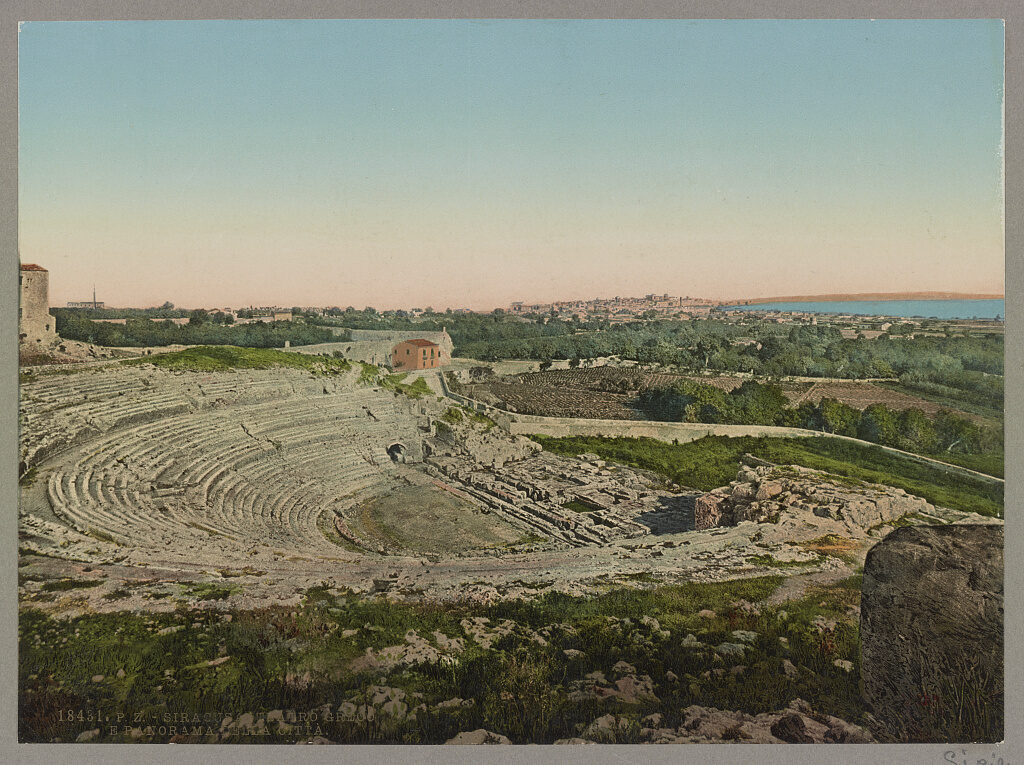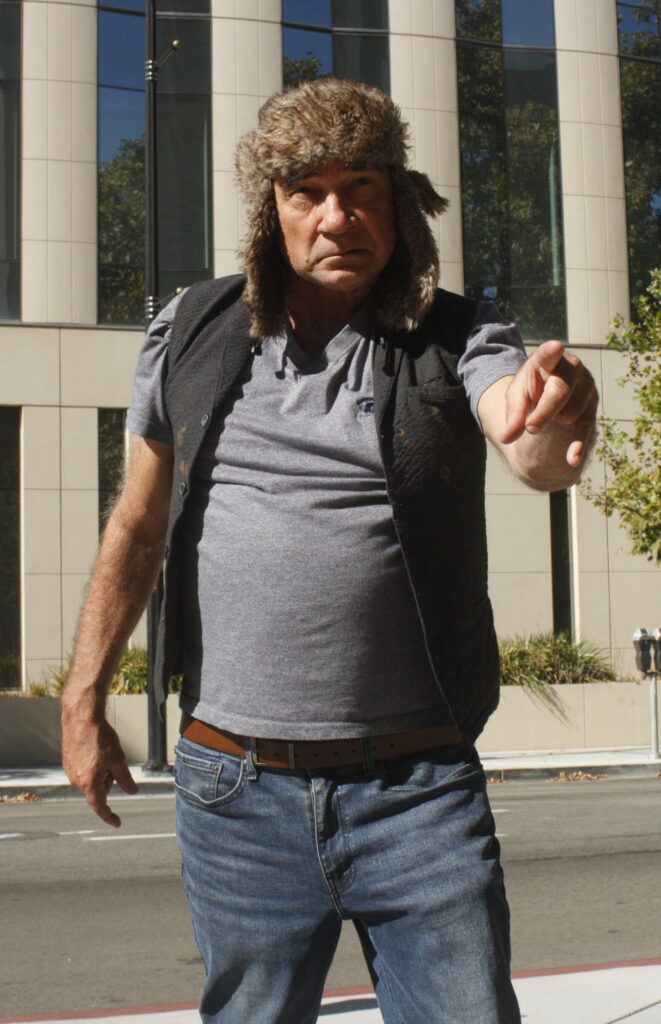My dark journey to spiritual death and rebirth began with a series of seemingly minor setbacks. I lost my job as a carnival ride operator when a mechanical malfunction entirely beyond my control maimed some people, who, it later turned out, had purchased discount tickets. My employers pinned the blame on me simply because they found a few empty beer cups at my station, and I had been observed frenetically twerking and bellowing the lyrics to “Hot Blooded” moments before the accident.

That same week my mother kicked me out after the police came to our house to arrest the drummer of my surf-punk-alpine-tejano band for alimony default during a rehearsal, and he panicked and took mom’s book club hostage for a couple of hours. Nobody was hurt, although one of the ladies suffered a minor stroke and now can only read Tom Clancy novels. It was ruled that my drummer Skip had a diminished capacity because he had been snorting Wite-Out before rehearsal so he got off with fourteen years.
It was really too bad because the band had just been hired to play at a mass wedding for a secretive religious organization called the Kindred. So I drafted my friend Hector, who looked like a drummer and was unemployed, to play drums, and we played one of the strangest versions of “We’ve Only Just Begun” since Julio Iglesias did it on Phenobarbital at Liz Taylor’s last wedding.
The newlyweds seem to like us well enough though. The members of the Kindred struck me as a bit odd at first, but after I had quaffed a couple glasses of special Kindred Church punch, I suddenly realized that their charismatic leader Maxwell Ben LeCrois was in fact the one and only door to salvation, and as there were seventeen no-show grooms, I married an attractive young Kindred girl who had flung her panties onto my alpenhorn during my solo on “Free Bird.”
Our connubial bliss was short-lived, however. A few weeks after we tied the knot, I returned to our hut after a long day of washing Mr. LeCrois’ Rolls Royces to find my father standing there. Before I could even ask what he was doing there, someone grabbed me from behind and wrapped a chloroform-soaked cloth over my mouth. When I regained consciousness, I found myself strapped to a chair in a Cozy-8 Motel room somewhere with my entire family surrounding me.
Apparently I was to be deprogrammed, but it seemed more like a family holiday gathering. There were hors d’oeuvres and a cake, all the men were watching a football game, and my Aunt Phyllis insisted on reading everyone’s tea leaves. At half-time of the game the deprogrammer got up, made himself a drink and began firing questions at me. I did well with sports and TV trivia, but stumbled when he turned to Broadway musicals. Then suddenly he fixed me with a pair of eyes like smoldering coals and asked me how long I had been a Scientologist. I tried to explain that I was a member of the Kindred, and asked him to please not deprogram me from the wrong cult as my life was already complicated enough, but the TV volume was up too loud and he never heard me.
After administering an assortment of pharmaceuticals, including a cold medicine that made me hallucinate not one but several forty-foot Christs outside the motel window, and using interrogation techniques perfected at Abu Ghraib, the deprogrammer had me right where he wanted me. I renounced L. Ron Hubbard, Maxwell Ben LeCrois, David Koresh, Tony Robbins and any other cult leaders I could summon to my addled mind. I wept profusely and begged my family’s forgiveness, and during one of the commercial breaks, they gave it to me.
I later became friends with the deprogrammer. His name was Chad Mercer, and he was himself the veteran of several cults. After a drug-crazed youth, he had done the cult circuit, joined the National Guard and done two tours in Iraq, then found Jesus and become an ultimate fighting champion. A jagged scar left conspicuous by his shaven head testified to some of the epic brawls he had survived while fighting under the moniker “Jesus’ Jedi.” Forced into retirement by his vicious head injury, he drifted into deprogramming, where he met his wife Bonnie, one of his first clients. Chad’s love and her renewed passion for metal detecting had eased her passage out of an abusive sex and quilting cult.
Chad often had trouble sleeping so he would spend many a night playing violent video games and drinking heavily at a local 7-11. Since I was looking for a place to stay after leaving the Kindred compound, I sometimes joined him on the nights the all-night laundromat was closed for cleaning. One such night, in the middle of one of our games, Chad turned on me with a malevolent smirk and asked what was going on between me and Bonnie. “You know, just the metal detecting,” I replied nonchalantly.
I often accompanied Bonnie on her expeditions as the metal plate in Chad’s head sometimes set off her metal detector. Whenever she worked the beach, she wore a tiny little bikini that would have awoken the animal in a Formika counter top. Tempted though I was, we never went beyond oral sex. Innocent as our little peccadilloes had been, I sensed that Chad would never understand as he glared at me with cold, glassy eyes and took another swig off a quart bottle of Cobra.
I tried to change the subject, wondering aloud what the Lotto jackpot might be and taking a couple of ginger steps toward the front counter. As I turned away from him, there suddenly erupted behind me a paralyzing howl of wrath, and I heard the sound of a two-hundred and thirty pound maniac with a metal plate in his skull leaving his feet and going airborne. My face smashed into a shelf, the taste of warm blood in my mouth, unmoored teeth swimming in the fresh gaps. Our bodies scattered cans, boxes and bottles and tumbled to the floor.
I found myself on my back, Chad on top of me. He was strangling me, all the while staring down at me with deranged eyes and smiling like a four year-old boy drowning a hamster in a bucket of water. I began to realize that I was going to die. Nothing could save me now. The moment before Jesus’ Jedi had jumped me, I noticed that Rusty the 7-11 clerk had taken his crystal meth’ break as he often did when we came in. The lights began to grow dim. An odd serenity permeated my soul. I surrendered myself to the darkness.
In a moment I was out of my body and floating above the scene and I remember wondering if an out-of-body experience was considered legitimate if it took place in a convenience store. I was moving briskly through a dark tunnel toward a distant but brilliant light, a cool, delightful breeze gently blowing back the hair of my soul. I could hear celestial music playing, possibly a selection from one of the Windham Hill albums.
As I drew nearer the light, I noticed that Rusty, the 7-11 clerk, was floating alongside me in the tunnel. “Chad had gone berserk and killed him too,” I thought. Then I saw that he was motioning for me to go back with him. I explained that I was on the way to the source of all things, and that Earth held no allure for me anymore. Rusty looked at me with a wisdom I had never given him credit for and told me that I still had a lot to live for. After all, didn’t my band have a gig at the Doghouse next weekend? What about all those bottles and cans in my trunk waiting to be redeemed? And didn’t Hector say I could crash on his couch when his girlfriend went into rehab on Monday? As I listened to Rusty I looked more closely at him and I saw that it wasn’t Rusty at all but rather the archangel Gabriel in a polyester 7-11 shirt.
In an instant I was back in the store, gasping for breath and I saw Rusty standing over me with a crude, homemade cudgel with the words “Wrath of God” scrawled on it in felt tip pen. Beside me Chad lay face down, unconscious or dead or perhaps both, and I realized in that moment that the potential for great heroism may lie dormant in the meanest and most insignificant of God’s children. Then Rusty reminded me of the forty dollars he had loaned me during our last visit to the Shanghai Swan Massage Parlor. My offer of a two-for-one meal coupon for the Wagon Wheel restaurant only seemed to provoke him, and he insisted that only an immediate requital of the full balance would spare me the treatment Chad had just received.
I swore on my mother’s grave that I would go forthwith to redeem the bottles and cans in my trunk and return with the forty dollars. Rusty balked at first, but when I showed him the bounty of recyclables in my car, he sent me off with a somewhat theatrical threat to hunt me down like a rabbit if I failed to turn up. I figured I’d cash in the bottles and get a gin and tonic at the Doghouse to soothe my nerves. I’d cool my heels there for a while, then hit the midget race car track and let off some steam.
Well, the recycling center didn’t give me enough for drinks and the race track, so I settled into my favorite booth at the Doghouse and ordered a drink. A couple of gin and tonics softened Rusty’s snarling visage in my mind and a couple more made it disappear altogether. In spite of the earthquakes and tsunamis that had assailed me, I was still standing triumphantly like the Fukushima nuclear power plant. I had died and been reborn in a convenience store, and my spirit was flooded with an entirely new peace of mind. I could tell because I was drinking up what little money I had left, I had to crash on Hector’s smelly sofa, I was being hunted by a crystal meth’ addict with a club named “Wrath of God” and maybe Jesus’ Jedi as well, and none of that really bothered me.
Copyright, Bill Burman 2020




